Cargo volumes at the Port of Los Angeles have plummeted 35% as President Donald Trump’s tariffs on Chinese goods severely disrupt trans-Pacific commerce, port officials said Wednesday.
The nation’s busiest container port is experiencing its steepest decline since the Great Recession, with more than half of container ship berths now sitting empty. The neighboring Port of Long Beach reports similar drops, with both facilities expecting vessel calls to fall 40% to 44%.
“These tariff policies are more widespread and sweeping than any we’ve ever seen in our lifetime,” said Gene Seroka, executive director of the Port of Los Angeles.
Trump’s 145% tariffs on Chinese goods, matched by 125% retaliatory tariffs from Beijing, have disrupted trade in electronics, clothing, furniture, and industrial components between the US and China. A 90-day pause on the tariffs is currently in place, but that hasn’t stopped the effects from being felt.
The ports of Los Angeles and Long Beach together handle about 31% of all US containerized trade. Chinese goods make up nearly 45% of cargo arriving in Los Angeles. Port officials warn that major retailers have only five to seven weeks of inventory remaining before shortages hit store shelves.
Seroka said importers have only five to seven weeks of inventory remaining, warning of “less choice and higher prices” for American consumers.
The LA County Economic Development Corporation estimates the tariffs threaten $500 billion in regional revenue and put 2 million local workers at risk. The port complex supports one in 12 jobs in Los Angeles and Long Beach.
“Every four containers means a job,” Seroka said. “So when we start dialing back, it means less job opportunity.”
Joseph Gregorio Jr., chief operating officer of Pacific Companies, a cargo-handling firm, said all four of his business lines are down roughly 30%.
“I can’t imagine our government spending another 30 days in the current environment,” Gregorio said. “I’m not sure there’s going to be enough on the shelves for people to buy in another 60 or 90 days.”
The trade disruption is hitting exports as well. Shipments leaving Los Angeles have declined for five consecutive months, falling 3.5% from 2024 as retaliatory tariffs hurt agriculture and manufacturing sectors.
The timing compounds the problem as ports typically enter peak season for back-to-school, Halloween and Christmas merchandise. Retailers typically need about three months to process and ship orders from Asian factories.
Container volume had surged 9.4% in April as importers rushed to stockpile goods ahead of the tariffs. The port handled 843,000 containers that month compared with 770,000 in April 2024.
US and Chinese negotiators met in Switzerland earlier this month for talks aimed at reducing trade tensions. Trump has suggested he might lower tariffs on Chinese imports to 80%, though that level would still deter normal trade.
Related: Beijing Finally Agrees to Talk Trade with Washington
Without an early resolution, economists warn the disruption could trigger layoffs in transportation and retail industries and contribute to a recession.
“Global trade slows, so do economies. And 70 percent of this economy is based on you and me buying. That will slow as well,” Seroka said.
Information for this story was found via the sources and companies mentioned. The author has no securities or affiliations related to the organizations discussed. Not a recommendation to buy or sell. Always do additional research and consult a professional before purchasing a security. The author holds no licenses.

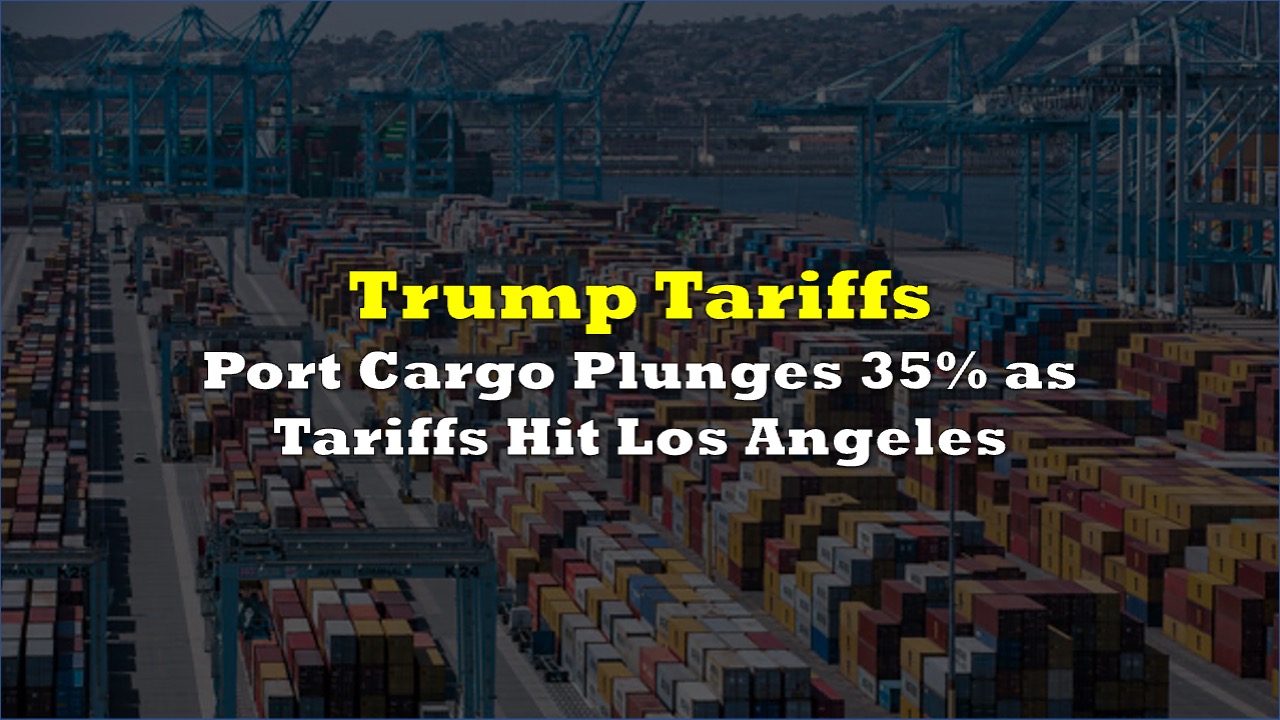



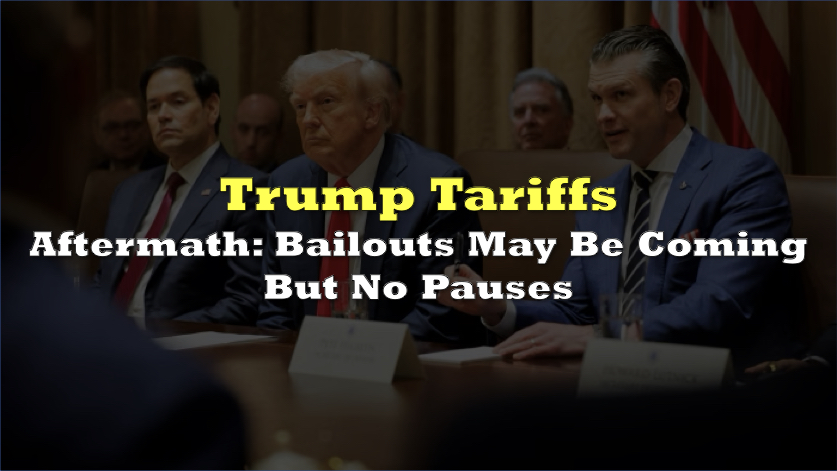
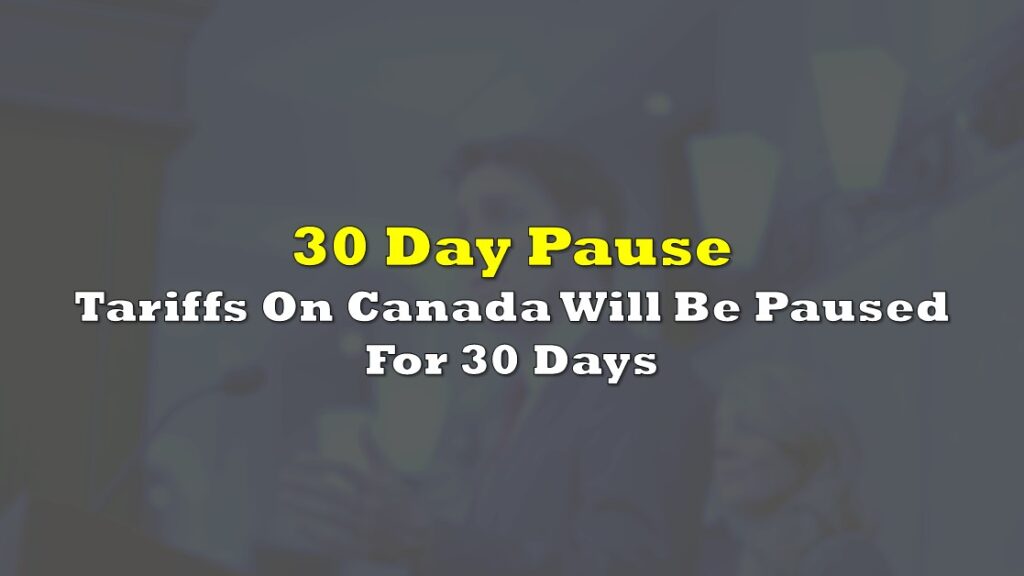
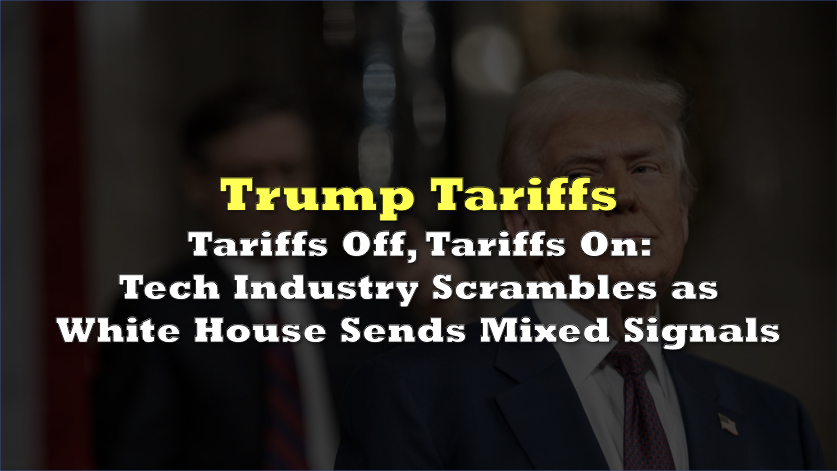
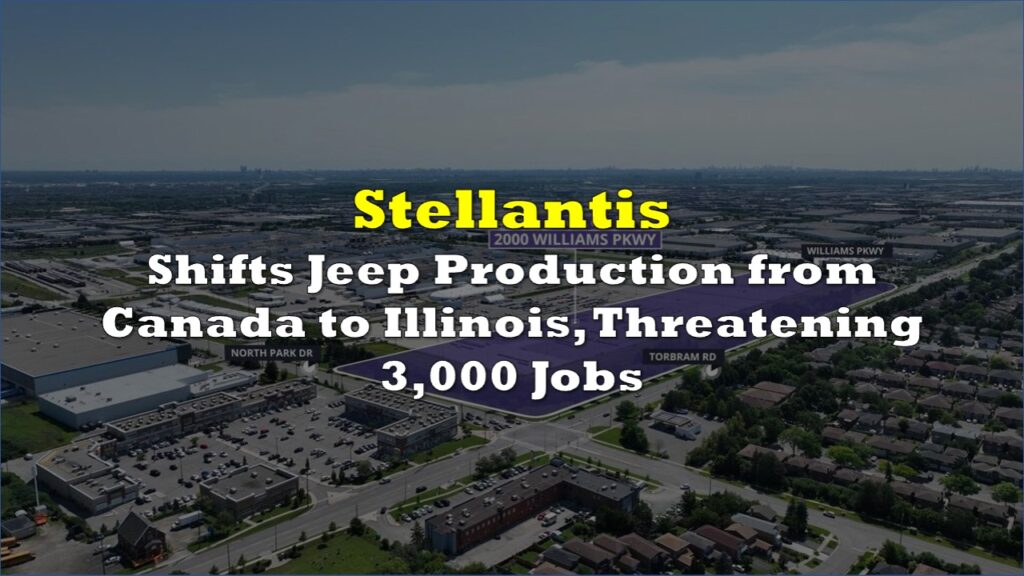
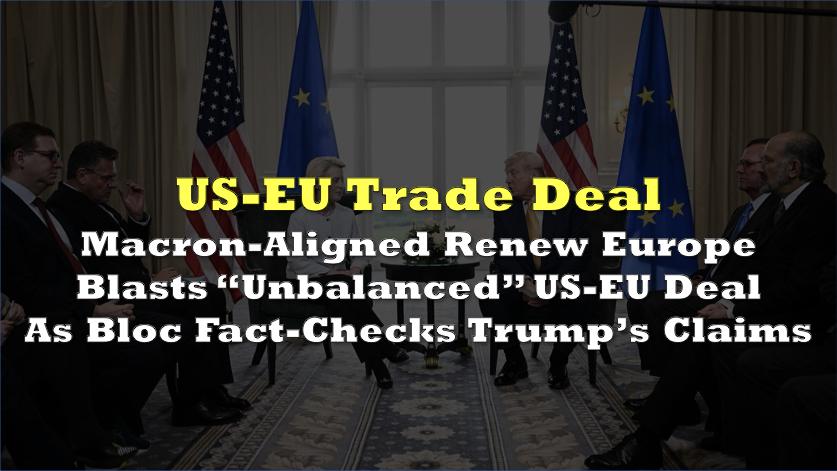
One Response
Just maybe in the USA and CANADA … they can start doing their job and checking all containers .. instead of over charging US and Canadians such ignorant import fees passed on to the clients when the jobs only check 10 percent of the containers in the first place. These fees that are being charged are for 100 percent of containers being checked. I can hear it now .. o but we do not charge for 100 percent of the containers being checked. Its a joke how accountability is never checked. PURE FREE MONEY .. and not enough Scanners on the ports. It has to stop on both ends of the Shipping of Goods. How do you think so many drugs, so many stolen vehicles and so much illegal goods get into and out of countries such as the USA and CANADA? IF YOU HAVE A SLOW DOWN NOW is the time to get more scanners and other equipment in so 100 percent of the containers can be scanned and checked. Just maybe the ports should start doing a better back ground check on who is working on the docks. Stop over charging, and stop the crime.